Building the First Pickleball Court in Curacao
While Curacao maybe known as the ideal destination for stunning beaches and a holiday in a hammock, it is also the perfect place to enjoy the growing sport of pickleball. If you're looking to build a pickleball court on Curacao's limestone-rich terrain with limited soil, this guide will walk you through the steps, using concrete for the court surface and bricks for the out-of-play areas.
Step 1: Site Preparation
Choose a suitable location for your pickleball court, ensuring it's relatively flat and free of obstructions. We chose Cliff Villa in the north of the island next to the beautiful Watamula nature reserve.
The limestone terrain needed a little cleaning to get to the lime bed. We then need to do some leveling, so used gravel or sand to fill in any low spots and create a smooth surface.
Step 2: Layout and Marking
Determine the dimensions of a standard pickleball court (20 feet wide and 44 feet long). Use string lines and stakes to mark the court's boundaries accurately.
Step 3: Build the Forms
Create wooden forms along the court's perimeter to contain the concrete. These forms will help maintain the proper dimensions and shape during the pouring and curing process.
Step 4: Reinforcement
To strengthen the concrete court, place rebar or wire mesh within the forms. This will prevent cracking and ensure the court's durability over time in this hot climate.
Step 5: Mixing and Pouring Concrete
Use a concrete truck or a concrete mixer to transport and pour the mixture into the forms evenly. Work quickly but meticulously to ensure a smooth surface.
Step 6: Leveling and Finishing
Immediately after pouring, use leveling tools to create a flat and even surface. Once the concrete begins to set, use a float and trowel to finish the surface. You will need a medium-broom finish. This is very important to a good physical bond of the sport coatings. (A steel-troweled finish is too smooth and will also raise the chances of peeling surfaces.)
Step 7: Curing
In a hot and dry climate such as Curacao, place plastic sheeting or wet burlap over the freshly poured concrete to slow down the drying process and promote proper curing. Leave it undisturbed for at least a week to achieve maximum strength.
Step 8: Out-of-Play Area
While the concrete court is curing, you can work on the out-of-play area. Lay bricks or pavers around the court to create a visually appealing and functional border. Ensure these are level and securely in place.
^^ Court design and markings with metric dimensions.
Step 9: Court Markings
Once the concrete is fully cured, paint the court markings with pickleball court paint. Mark the boundaries, non-volley zones (kitchen), and service areas according to official pickleball dimensions.
A standard pickleball court is 44 feet long by 20 feet wide. Above are the dimentions in metric. The non-volley zone, also known as the kitchen, extends 7 feet from either side of the net.
We sealed the concrete and used rubberized sports paint. Two coats. We used one foot masking paper and 2 inch masking tape. The lines are painted at the end and are 2 inches in width.
Step 10: Net
We used a mobile free-standing net. The net must be 34 inches high at the center and 36 inches at the sidelines.
Enjoy Pickleball in paradise!


















